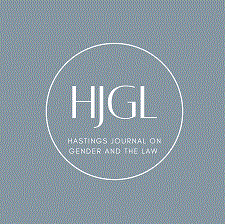
Abstract
In vitro fertilization (IVF) is a complex series of procedures used to treat fertility or genetic problems and assist with the conception of a child. Through the IVF process, couples and individuals alike can have preembryos created and cryo-preserved for later use. To those who go through the IVF process or are considering doing so, the pre-embryos represent many things, such as hope, flexibility in family planning, and the possibility of a child. It is estimated that over 5 million babies have been born through IVF worldwide, with as many as 620,000 cryo-preserved embryos in the United States alone. Typically, in divorce or separation proceedings where one or several pre-embryos were created during the marriage, courts adjudicate these disputes by using one of three analytical frameworks: 1) the contractual approach; 2) the balancing approach; and 3) the contemporaneous mutual consent approach. Courts have been reluctant to grant one party an embryo to initiate pregnancy over the objection of the other gamete provider. Absent agreement, the default is a balancing of interests’ test. This note proposes that courts adopt a woman-centered approach to adjudicating pre-embryo disputes where the woman presumptively wins pre-embryo disputes in dissolution proceedings. Support for this proposition is located; first, under a property framework, women have greater ownership rights to a fertilized embryo than do men because of their biology, or put differently, their reproductive capacity; and secondly, there is no legal right not to procreate— only a legal right to not be a genetic, legal or gestational parent—as such the balancing approach currently employed by courts is incorrect. This note advances these arguments through the comparison of two case studies and the analysis of newly enacted legislation, Arizona revised statute 25-318.03.
Recommended Citation
Melissa B. Herrera,
Arizona Gamete Donor Law: A Call for Recognizing Women’s Asymmetrical Property Interest in Pre-Embryo Disposition Disputes,
30 Hastings Women's L.J. 119
(2019).
Available at: https://repository.uclawsf.edu/hwlj/vol30/iss1/6


